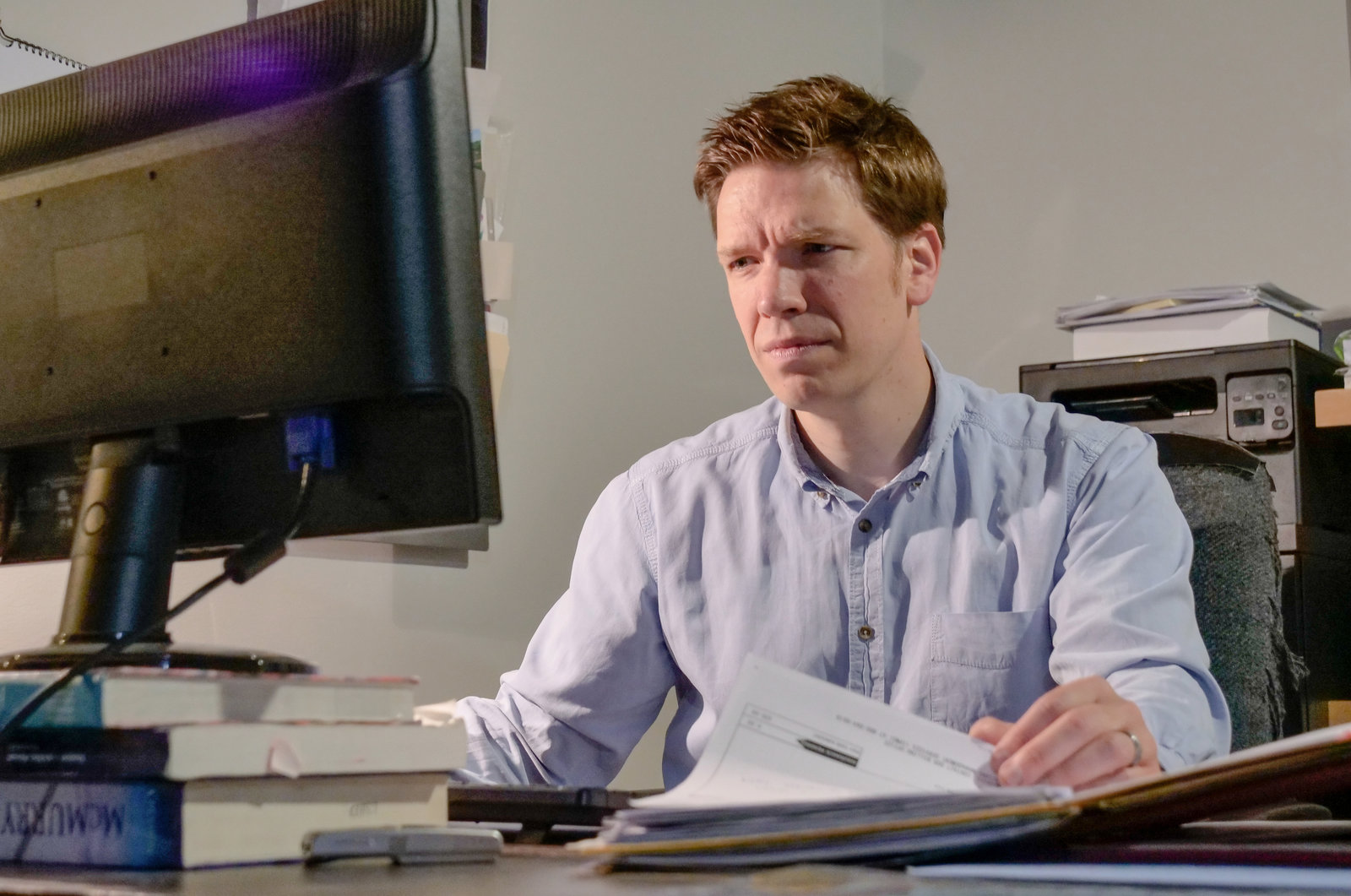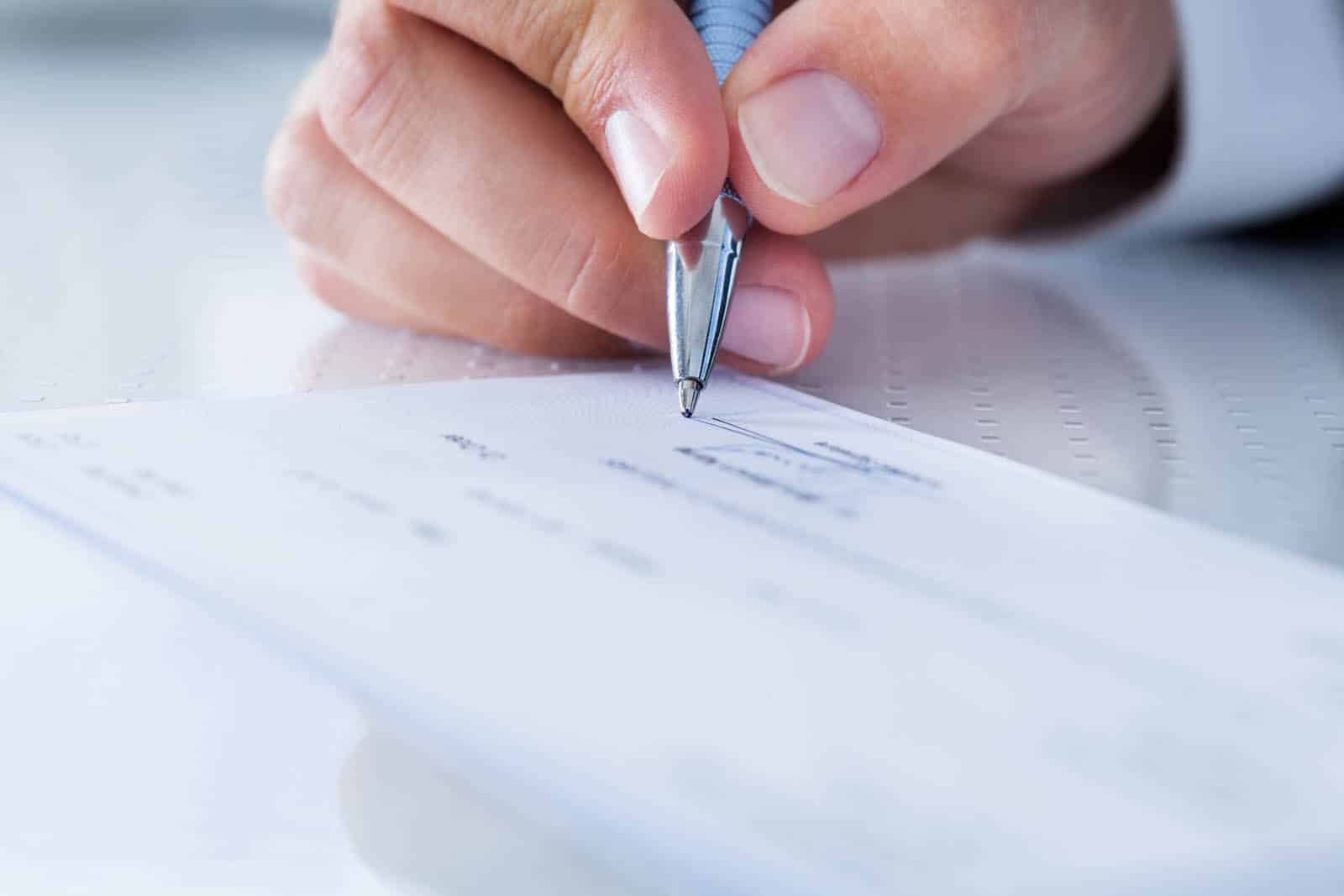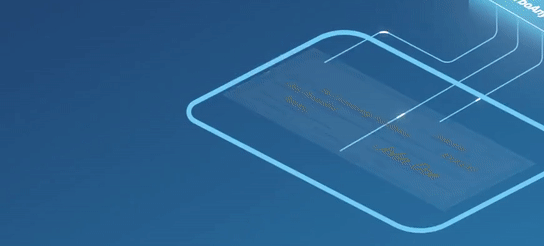The Check 21 Act and Its Impact on Check Fraud
- People used to have physical cancelled checks routinely returned to them to help balance a checkbook
- Check 21 has made "the float" potentially dangerous
- The old habit of balancing ones checkbook monthly is a good idea
Kyle Ann Midkiff of Marcum LLP has more than 25 years of forensic accounting and litigation services experience, so she knows of which she speaks when it comes to check fraud.
For instance:
Many embezzlement investigations that I have conducted share a common element. The common element is that if someone at the entity had reviewed the canceled checks on a timely basis, they would have detected that unauthorized checks were being issued to the person preparing and processing the payments.

Enter Check 21
The “Check Clearing for the 21st Century Act,” also known as “Check 21” or “Check 21 Act,” launched on Oct. 28, 2004. Many are unaware that the terrorist attacks of Sept. 11, 2001—which grounded planes and caused major delays in check processing (preventing the transport of canceled checks to Federal Reserve banks)—was actually the event that spurred passage of Check 21.

Here's the mission of Check 21 in a nutshell:
- To facilitate check truncation by authorizing substitute checks.
- To foster innovation in the check collection system without mandating receipt of checks in electronic form.
- To improve the overall efficiency of the Nation’s payments system.
To that end, Check 21 has indeed helped individuals and businesses to get access to their funds sooner -- mission accomplished.
Is "The Float" Still Bouyant?
Ms. Midkiff points out that Check 21, in spite of its advantages, has also impaired a maneuver used through the ages by individuals and businesses - the "float."
Float, of course, is the amount of time it takes for money to move from one account to another. "Playing the float" is when you write a check with no bank balance that covers the check in the hope there will be funds in the bank when the check clears. We are all likely familiar with an admonishment to the effect of, "Go ahead and cash that, but wait until Friday...". Businesses and individuals alike sometimes have to "float" -- it's a fact of fiscal life.

But, as Ms. Midkiff reminds us:
There can be a fine line between playing the float and actual check kiting. Check kiting is the illegal act of knowingly writing a check from a bank account without sufficient funds and depositing it into another bank account. Money is then withdrawn from the second account before the original check has cleared. Check kiting is a federal crime typically prosecuted under 18 U.S.C. Section 1344, Bank Fraud, and may also be prosecuted under state law.
Losing the "Third Party Advantage"
Before Check 21, almost all individuals, businesses, and nonprofits also received their canceled paid checks - not copies - along with their monthly bank statements. They could examine the checks and make sure the amounts paid were consistent with the amount intended, and also see who endorsed the checks. A mismatch meant a call to the financial institution and ample opportunity to make it right in a timely fashion. Most importantly, that "checks check" was done by a person or persons other than the individuals responsible for the check.
Today, of course, few people or organizations get physical or even scanned copies of their checks anymore; there is often a fee. Ms. Midkiff sees potential problems with the new arrangement:
While check copies can be viewed online, many times the only individual taking this step is the person who wrote or processed and recorded the checks originally. This lack of segregation of duties has led to numerous situations, especially in small businesses and nonprofits, where check fraud is possible and may continue for years. Often times, falsified checks are overtly written to the perpetrator as the payee, with no attempt to mask the fraud.
As an internal control feature, many entities have implemented Positive Pay. Positive Pay is a service that matches the bank account number, check number and dollar amount of each check presented for payment against a list of checks previously authorized and issued by the entity. All three features of the check must match exactly or the bank will not pay and will follow up with the payer for additional information.

However, the Positive Pay process does not match or compare the payee of the check. As a result, a check can be falsified by substituting or switching a payee’s name in the preparation of the check, and it will not be detected by Positive Pay.
The Balancing Habit
Ms. Midkiff suggests that businesses review images of all cancelled checks to see whom your organization has actually paid. If you see something not-quite-right, follow up on the validity of the payment to that individual or company by checking the invoice, purchase order, and payment history with that vendor. She also suggests obtaining a copy of the back of the check from the bank to review the actual endorsement.
And what about individuals? There is an entire generation-and-a half that has no idea what a check register is -- the bound sheets in a checkbook where check-writers used to enter transactions, dates, and payees. This would then be checked against monthly bank statements to ensure accuracy; "balancing your checkbook."
As noted at InvestorJunkie.com, it's a good idea to make this a habit even if, like most people today, you use a digital recording system on your phone or PC. They note that fraud can be prevented by this habit:

We regularly make ATM withdrawals, use debit cards and credit cards, make online purchases, file for tax refunds online. All these provide opportunities for someone to hack your account or steal your identity. Statistics reveal credit card fraud in 2016 totaled $5.55 billion. The average number of U.S. identity fraud victims is more than 12 million annually. And the latest stats published by the Government Accountability Office (GAO) revealed that the IRS paid an estimated $5.2 billion in fraudulent identity theft tax refunds in filing season 2013. Balancing your checking account will help you find fraudulent charges quickly. The quicker you react, the faster the bank can freeze your account to prevent any additional theft from happening.
Banks and financial institutions need to take the necessary steps to not only keep their customers aware of fraud schemes, but also put in place fraud solutions to detect attempts before losses hit their customers' accounts. As mentioned earlier, Positive Pay systems are strong solutions for corporate and business clients to ensure that checks are written to approved lists of vendors and any irregular payment is reviewed. However, this technology has weaknesses that fraudsters can exploit by altering checks -- adding names to the payee, or adding digits to the amount. This is where image analysis is a perfect compliment to Positive Pay systems, as it analyzes the images of checks to detect alterations, forgeries, and counterfeiting.